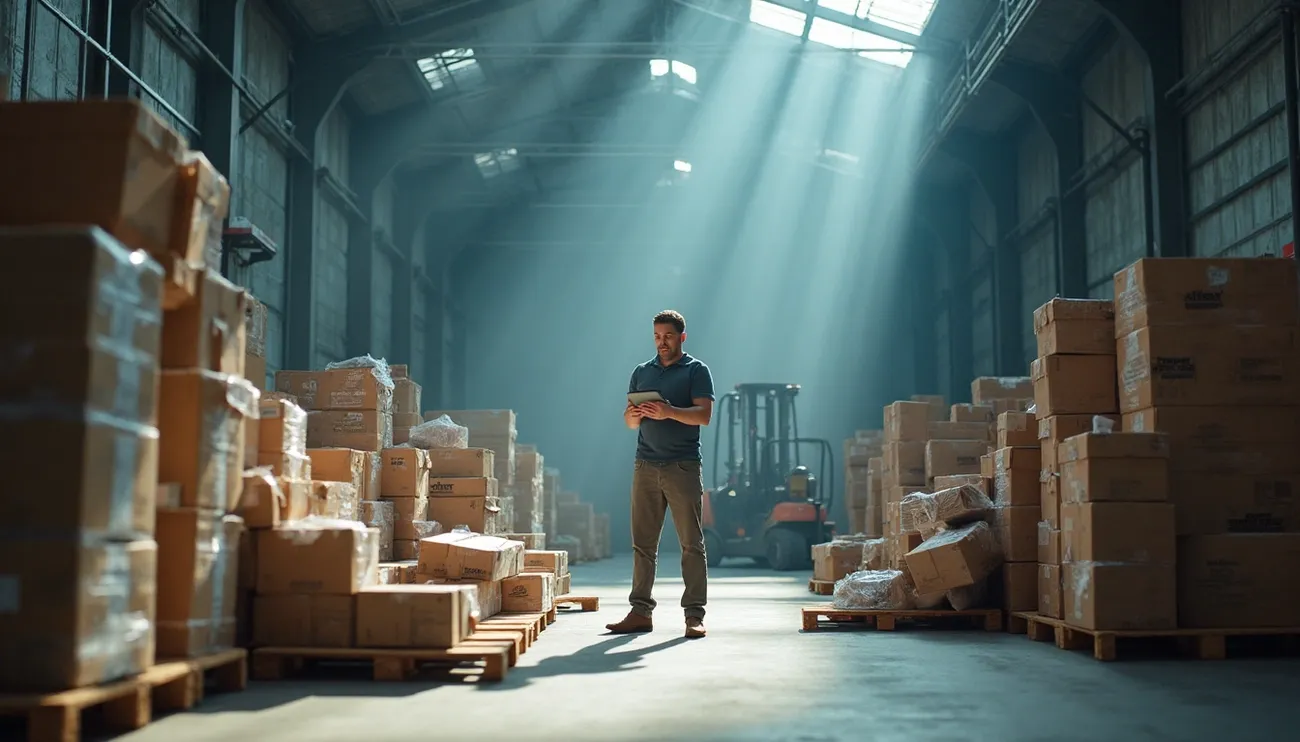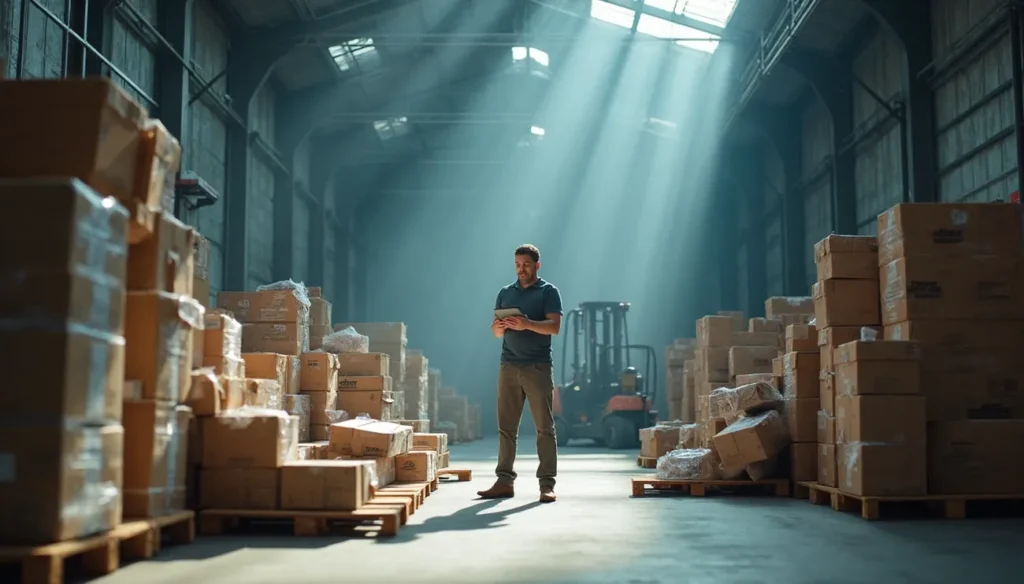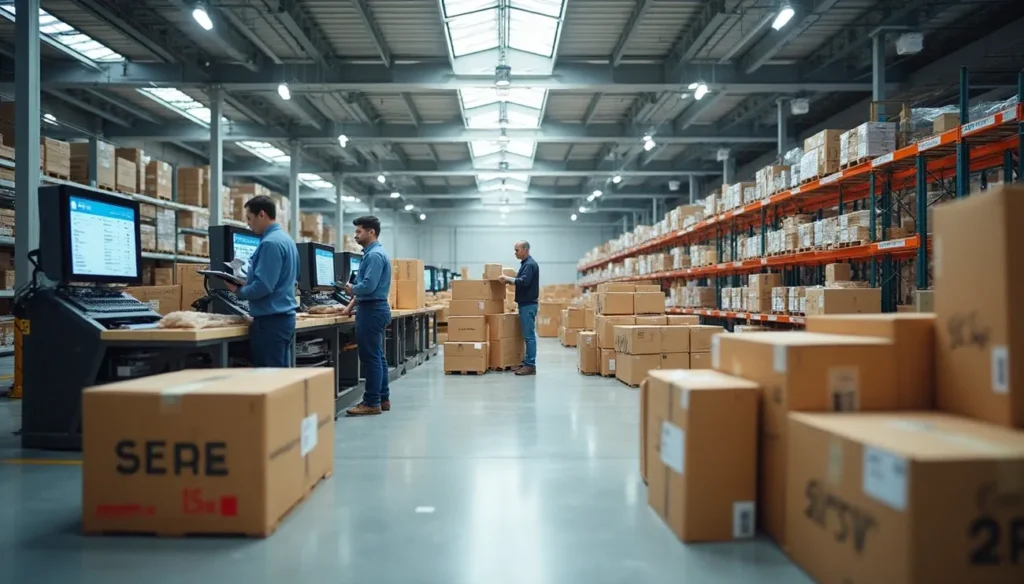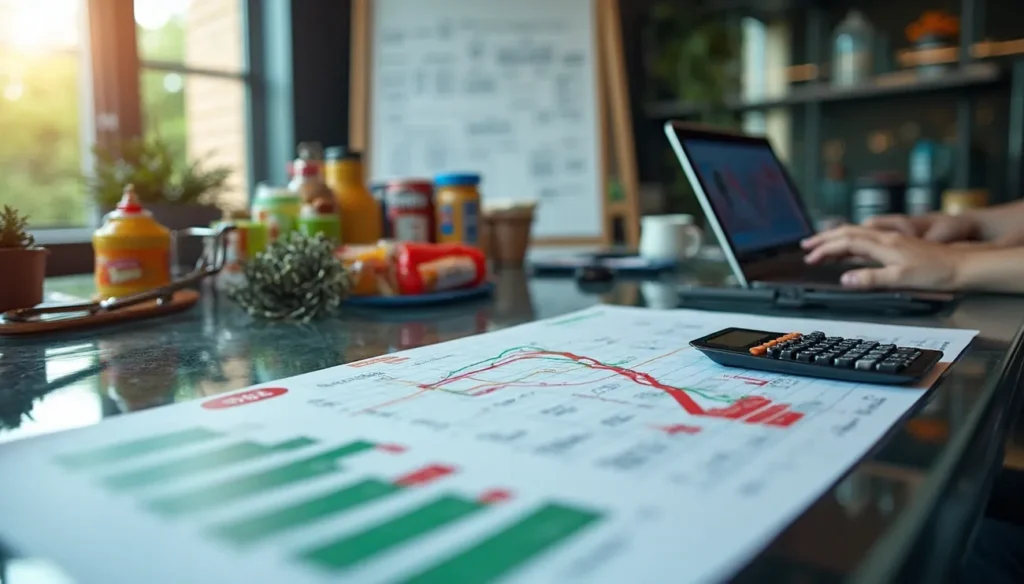Why Most CPG Brands Fail: The Cash Flow Crisis Nobody Talks About
 Australian CPG brands took a devastating hit in 2024 as equity funding plummeted by a staggering 73 percent. The supermarket and grocery sector generated over $139 billion in revenue in 2023, but smaller brands barely saw any of this massive cash flow.
Australian CPG brands took a devastating hit in 2024 as equity funding plummeted by a staggering 73 percent. The supermarket and grocery sector generated over $139 billion in revenue in 2023, but smaller brands barely saw any of this massive cash flow.
New CPG brands face tough market conditions. Woolworths and Coles control 67 percent of supermarket retail sales nationwide, creating major obstacles for smaller players. Large private-label brands have captured 36 percent of all grocery sales by value, which leaves emerging CPG brands with limited opportunities.
Money problems go beyond just getting shelf space. CPG businesses often wait 4, 5, or even 6 months to convert inventory into cash, which drains their reserves quickly. High upfront costs and delayed retailer payments create a challenging situation that rarely makes headlines. Cash flow—not just profitability—determines whether brands survive in the CPG world, and brands need smart strategies to overcome this hidden crisis.
The real reason most CPG brands fail
Each year, about 30,000 new CPG brands enter the market. A shocking 85% of them fail within their first few years. The reason isn’t just poor product-market fit or weak marketing – it’s something more basic: cash flow.
Why cash flow is more critical than profit
Cash flow works like oxygen for your CPG brand. Your sales numbers might look great on paper. Yet your business stays at risk of collapse if you run low on actual cash. This hits emerging CPG brands particularly hard because they operate with tight reserves and slim industry margins.
CPG businesses wait 4-6 months from production to payment, unlike tech or SaaS companies that get paid quickly. You need to cover daily operations costs during this time while your money sits locked in inventory and receivables.
The hidden risks of long production cycles
Long production cycles create a dangerous gap between spending and income. Your first production run costs between $25,000-$50,000. That’s a big investment before you see any returns. It gets tougher with seasonal demands that force you to make products weeks or months before predicted sales peaks.
You should keep 3-4 times your monthly revenue as working capital. Many new CPG brands miss this target. They focus too much on gross margins and ignore timing gaps.
How delayed payments create a domino effect
Invoices now take 54.1 days to get paid – that’s 7% longer than before and the highest in five years. More than half of suppliers deal with late payments from customers. These extended payment terms (often net-60 or net-90) ripple through your entire business.
Late retailer payments make it hard to pay your suppliers. This can damage these vital relationships. Manufacturing companies feel this payment delay pain the most. Construction and hospitality lead in payment defaults at 1.77% and 1.67%. Food and beverage companies follow close behind.
This cash squeeze forces tough choices. You might need to delay restocking, pause marketing, or worse – miss payroll.
Understanding the cash conversion cycle
The cash conversion cycle creates the biggest financial challenges for CPG brands. This metric helps explain why many promising products fail despite showing strong sales numbers.
What is the cash conversion cycle (CCC)?
The cash conversion cycle measures how long it takes to turn investments in inventory and resources into real cash from sales. Essentially, it’s the financial stopwatch that starts when you pay for production and stops when customer payments reach your bank account.
CCC has three key components:
- Days Inventory Outstanding (DIO): Time from purchasing raw materials until selling finished products
- Days Sales Outstanding (DSO): Time between sales and collecting customer payments
- Days Payable Outstanding (DPO): Time taken to pay suppliers
The calculation is simple: CCC = DIO + DSO – DPO. Shorter cycles show better operational efficiency, while longer cycles point to possible cash flow problems.
Why CCC is longer for emerging CPG brands
CPG businesses often see cycles lasting 4, 5, or maybe even 6 months, unlike tech or SaaS companies that convert quickly. Several industry challenges create this extended timeline.
New CPG brands need more inventory time because of minimum order requirements and difficulty in forecasting. Retailer payment terms usually stretch 30-90 days after delivery. These brands also can’t negotiate better payment terms with suppliers because they lack leverage.
How CCC impacts your working capital needs
Your CCC length directly determines your required working capital. More cash stays locked in inventory and receivables when cycles run longer, which creates funding gaps.
A CPG brand with a 120-day cycle needs enough capital to fund four months of operations before seeing any returns. This extended timeline puts pressure on cash reserves, especially during production scaling.
A shorter cycle releases capital for product development, marketing campaigns, and business growth. Improving this metric can free up hundreds of thousands in working capital without needing extra sales or investors.
Working capital and financing gaps
Emerging CPG brands often fail because they run out of working capital, no matter how good their products look. Their survival depends on understanding this financial gap.
How to calculate your working capital shortfall
Working capital represents the difference between current assets and current liabilities. The formula is simple: Working Capital = Current Assets – Current Liabilities. CPG companies count inventory, accounts receivable, and cash as current assets. Their liabilities include accounts payable, short-term loans, and payroll.
The actual financing gap can be calculated with this formula: Amount of Working Capital Needed = New Production PO Amount – Working Capital On Your Balance Sheet. A healthy business maintains a working capital ratio between 1.5 and 2.0. This shows you have enough resources to cover operational costs.
The role of your balance sheet in cash flow planning
Your balance sheet provides the foundation for managing cash flow effectively. A robust balance sheet helps you use assets to support business growth. Changes in balance sheet accounts like accounts receivable, inventory, and accounts payable directly influence cash flow reporting.
Your income statement’s accuracy depends on a solid grasp of your balance sheet. Changes in working capital can temporarily affect cash flow over time. Cash flow typically decreases with positive changes as money gets tied up, while negative changes often boost it.
Why new CPG brands struggle to access capital
CPG companies face their biggest funding challenge right when they’re ready to scale. The Food and Beverage Products sector in Australia saw equity funding drop by 73% in 2024. Many promising brands had to close down.
Traditional lenders shy away because CPG businesses buy inventory months before they can sell it. Small brands find it hard to compete with larger private-label brands, which now make up 36% of all grocery sales by value.
Two major funding gaps exist: one between seed rounds and Series A, and another between early funding and professional private equity investment. This pushes fastest growing CPG brands toward alternative financing options like inventory financing, asset-based lending, and PO financing.
Financing options for CPG companies
Financing solutions for growing CPG companies now go well beyond traditional bank loans. These days, many emerging CPG brands find better matches for their unique cash flow cycles through alternative funding sources.
Vendor terms vs. traditional loans
New CPG brands can find the quickest way to finance through negotiated extended payment terms with suppliers. Bank loans need extensive financial history and personal guarantees, but vendor financing lets brands spread their equipment or inventory costs over time. This works without putting pressure on existing funding facilities. Traditional lenders look at past performance, while vendor-based deals focus on future deliveries and growth potential.
Revenue-based financing: pros and cons
Revenue-based financing (RBF) gives capital in exchange for a percentage of future revenue until reaching an agreed repayment amount. Fastest growing CPG brands can benefit from RBF in several ways:
- You keep full ownership without giving up equity
- Your payments adjust based on how well you’re selling
- No need for personal guarantees
- You get approved faster than traditional loans
All the same, RBF costs more than traditional financing and works best when you need money for expenses that quickly pay off, not for day-to-day operations.
Asset-based lending and PO financing
CPG companies can tap into capital tied up in inventory and receivables through asset-based lending. This approach gives lines of credit up to $38.22 million. Purchase Order (PO) financing helps brands handle big orders by using confirmed purchase orders as collateral, which protects working capital.
The cost of PO financing runs about 2-4% markup on cost of goods sold. This option makes sense for brands that have profit margins above 20%.
How fintech lenders are changing the game
Fintech lenders have revolutionized CPG financing. They use alternative data and complex algorithms to assess credit risk. These digital platforms beat traditional lenders in several ways:
- They make funding decisions much faster
- They see a fuller picture of borrowers’ finances
- They help communities that traditional banks often ignore
- Their digital processes make small loans cost less to process
Fintech lenders are better at predicting how loans will perform, especially in areas where unemployment runs high.
Conclusion
The Cash Flow Reality for CPG Brands
Cash flow management makes the difference between successful CPG brands and those that become mere statistics. This piece shows how extended cash conversion cycles create a perfect storm for emerging brands, especially when you have insufficient working capital reserves.
The Australian CPG landscape presents tough challenges. Market concentration, delayed payments, and scarce equity funding create huge barriers for smaller players. The hard truth shows 85% of new CPG brands fail within their first few years. These brands don’t fail because their products lack appeal – they fail because their cash reserves dry up during the 4-6 month conversion cycle.
Smart CPG founders must put financial planning first. A clear understanding of your cash conversion cycle helps project working capital needs realistically. It also makes alternative financing options beyond traditional bank loans a necessity, not just a choice.
Fintech lenders, asset-based lending, and PO financing provide vital lifelines tailored to CPG companies’ unique challenges. These options come with costs, but they’re no match for the price of running completely out of cash.
Cash flow works like oxygen for your CPG brand. Even with impressive sales figures, empty reserves will stop operations quick. Companies that survive this tough landscape share one trait – they understand their industry’s financial mechanics instead of hoping sales growth will fix everything.
The statistics look challenging but point to a clear way forward. Smart cash flow management, strategic financing decisions, and realistic working capital planning are the foundations successful CPG brands build on. Your product might be amazing, but without these financial basics, it could join the 85% that never reach their full potential.





